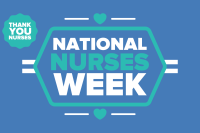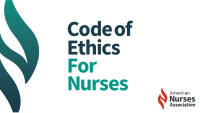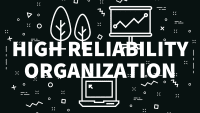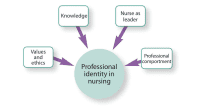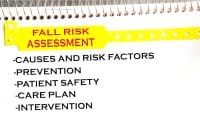Unifying our approach to bullying, incivility, and violence


How long have we been talking about the chronic problem of workplace violence, bullying, and incivility? I’ve written several editorials about these issues over the past 8 years. During that time, we’ve seen these problems not only continue but actually escalate, especially during the pandemic, for a range of reasons that deserve their own separate examination.
The focus has been on how bullying, incivility, and violence impact nurses, but other professions also experience the same adverse events and suffer the same disturbing consequences. Several national organizations have developed policies or position statements intended to address these issues. The American Nurses Association has been addressing this issue since 2005, including the 2015 detailed position statement titled “Bullying, Incivility and Workplace Violence.” It wasn’t until 2021 that the American Medical Association developed their “Bullying in the Workplace: A Guide to Prevention and Mitigation.” On the administrative side, in 2018, the American College of Healthcare Executives created a position paper titled “Healthcare Executives’ Role in Mitigating Workplace Violence.” The Joint Commission now has requirements for dealing with workplace violence in organizations seeking accreditation. Since 2019, hospitals seeking to obtain or maintain Magnet® designation must have structures, policies, and protocols in place for dealing with these important issues.
Unfortunately, these individual professional efforts appear to be ineffective at slowing the rising tide of disruptive and harmful behavior across all healthcare settings. The result is a siloed, patchwork approach. Reading through the documents of each association, they all have similar tones and recommendations overlap, as you might expect. The problem is that they all focus on their individual set of stakeholders and not the healthcare system as a whole.
How do we drive the change that’s needed? The #MeToo movement energized and mobilized individuals to take action against their abusers. It was effective. What needs to happen next to stop bullying, incivility, and violence at work is a more systemic approach. Hospital (or clinic or practice) leadership, board and senior executives, medical staff leadership, nursing leadership, and human resource leadership must all come together to make the same commitment, forge and implement unified policies and procedures, and educate the entire organization. These steps must be followed by visible support and strong enforcement. The roadmaps exist—well recognized professional associations and organizations have drawn the path—we just need to take the first meaningful step.


Lillee Gelinas, DNP, RN, CPPS, FAAN
Editor-in-Chief
References
American College of Healthcare Executives. Healthcare executives’ role in mitigating workplace violence. November 12, 2018.
American Medical Association. Bullying in the health care workplace: A guide to prevention and mitigation. 2021.
American Nurses Association. Position statement on incivility, bullying, and workplace violence. July 22, 2015.
American Nurses Credentialing Center. Magnet Recognition Program®.
Robbins A. The Nurses: A Year of Secrets, Drama and Miracles with the Heroes of the Hospital. New York City, NY: Workman Publishing; 2016.






